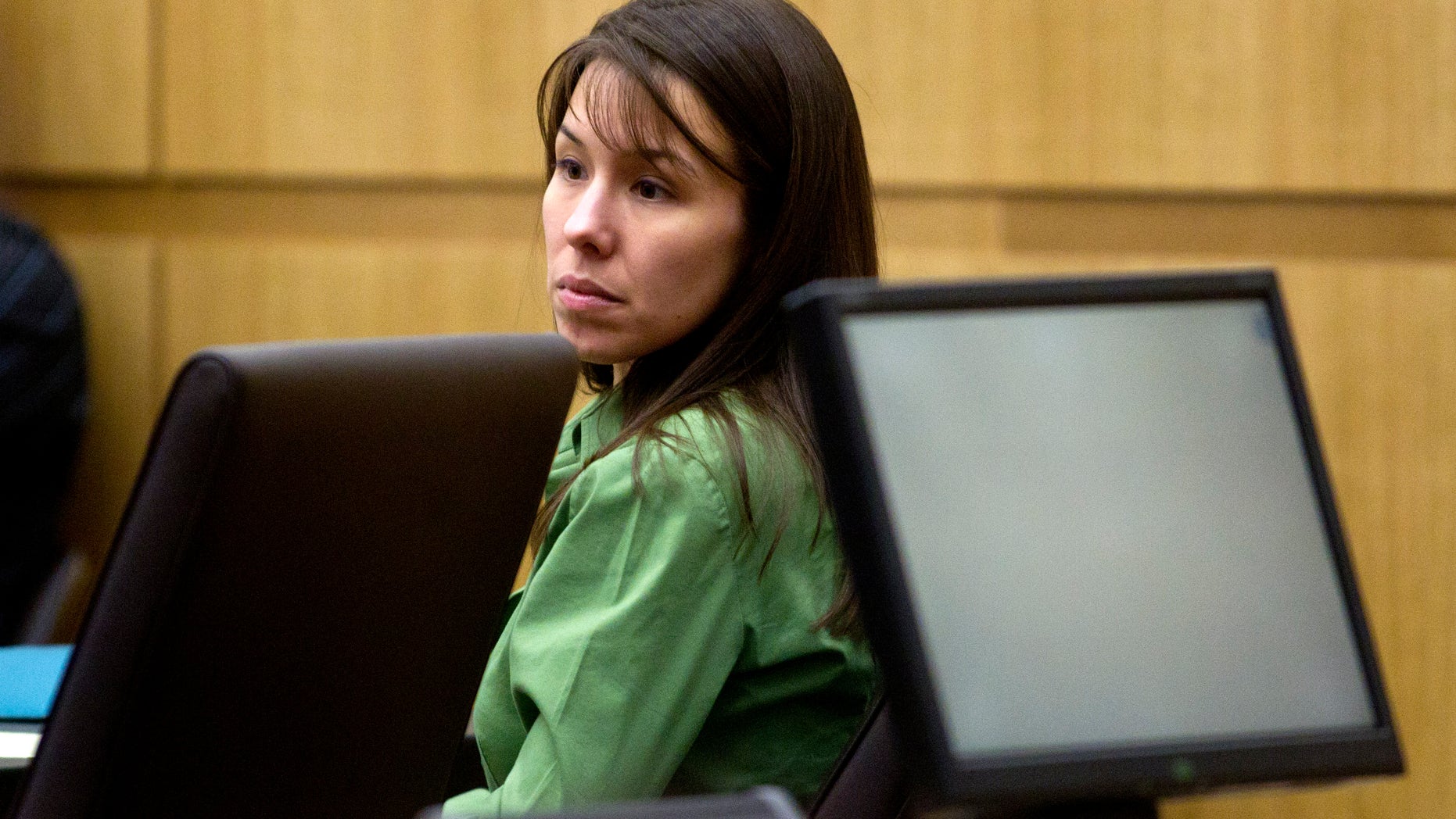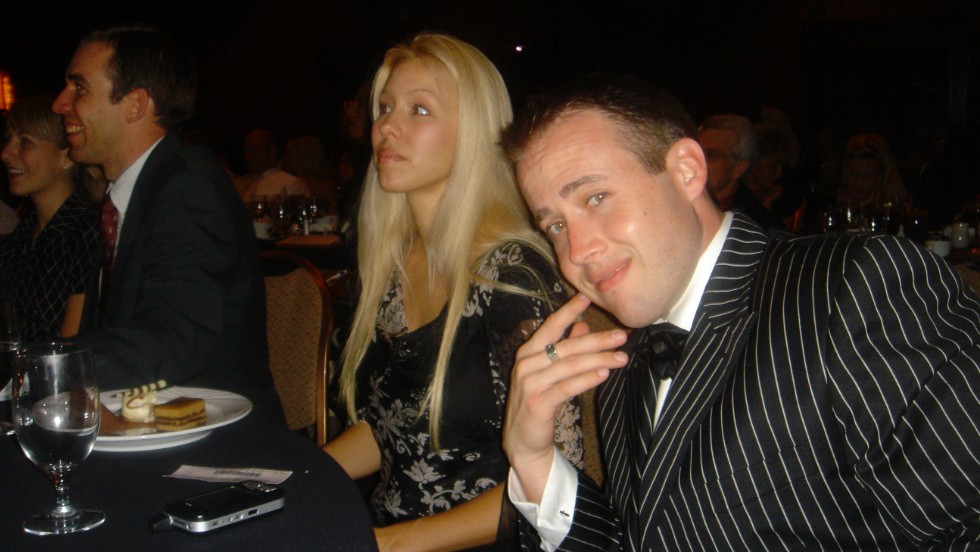The Jodi Arias Case: A Comprehensive Analysis Of The Killing Pictures And Their Impact
The Jodi Arias case has emerged as one of the most sensational and widely discussed criminal cases in recent history. The graphic images associated with the case have drawn immense attention, not only to the crime itself but also to broader issues surrounding violence, media coverage, and the justice system. Despite their disturbing nature, these images have played a crucial role in shaping both public perception and the legal proceedings.
From the moment the case entered public awareness, it has been surrounded by controversy and intrigue. The killing pictures, in particular, have sparked intense discussions about evidence, media ethics, and the influence of graphic content on public opinion. This article aims to explore the case in depth, examining the significance of these images and their role in the trial.
As we delve into the world of Jodi Arias and the killing pictures, we will also analyze the broader implications of such cases on society, the justice system, and the media. By the end of this article, readers will gain a thorough understanding of the case, its complexities, and the ethical challenges it presents.
- Jocqui Smollett A Rising Star In The Entertainment World
- Dr Patrick Mbatha A Beacon Of Excellence In Global Healthcare
Table of Contents
- Biography of Jodi Arias
- Overview of the Case
- The Role of Killing Pictures
- Legal Proceedings and Trials
- Impact on Media and Public Opinion
- Psychological Analysis of Jodi Arias
- Ethical Considerations in the Case
- Public Reaction and Societal Impact
- Future Implications for Similar Cases
- Conclusion and Final Thoughts
Biography of Jodi Arias
Early Life and Background
Jodi Arias was born on June 17, 1980, in California, into a family that would later become a source of tension and difficulty for her. Growing up in a strict religious household, Arias faced numerous challenges, including a strained relationship with her family. This environment significantly influenced her personality and worldview, setting the stage for the events that would later unfold. In this section, we will explore her upbringing and the pivotal moments that shaped her character.
Personal Information
| Full Name | Jodi Dawn Arias |
|---|---|
| Date of Birth | June 17, 1980 |
| Place of Birth | California, USA |
| Occupation | Former Waitress |
| Education | Associate Degree in Business Management |
Jodi Arias' background is essential to understanding the motivations and actions that led to the infamous case. Her personal history provides context for the decisions and behaviors that would later captivate the nation.
Overview of the Case
The Jodi Arias case centers around the brutal murder of Travis Alexander, her former boyfriend, on June 4, 2008, in Mesa, Arizona. The killing pictures, presented as evidence during the trial, became a focal point of the case. These images, though graphic, played a crucial role in shaping both the legal proceedings and public perception. The prosecution argued that Arias killed Alexander in a violent outburst following a heated argument, while the defense claimed it was an act of self-defense. The sensational nature of the case, coupled with extensive media coverage, quickly garnered national attention.
- Exploring The World Of Carol Sutton A Key Figure In Netflixs Outer Banks
- Exploring Elise Stefaniks Faith And Its Influence On Her Political Journey
The Role of Killing Pictures
Importance in the Trial
The killing pictures presented during the trial were instrumental in shaping the jury's understanding of the crime scene. These images provided a detailed account of the severe injuries inflicted on Travis Alexander, including 27 stab wounds and a gunshot to the head. The graphic nature of the pictures made them a central topic in both legal and ethical debates. They not only helped establish the severity of the crime but also raised questions about the ethical boundaries of presenting such content in court.
Impact on Public Perception
Beyond the courtroom, the killing pictures had a profound effect on public perception. Extensive media coverage of the images fueled widespread interest in the case, leading many to form opinions based on the visual evidence. This section examines the ethical implications of sharing graphic content with the public, highlighting the responsibility of media outlets to balance sensationalism with sensitivity.
Legal Proceedings and Trials
The legal proceedings surrounding the Jodi Arias case were intricate and contentious. The trial, which commenced in January 2013, spanned several months and featured numerous testimonies, expert analyses, and the presentation of graphic evidence. The jury ultimately found Arias guilty of first-degree murder, a verdict that sparked both outrage and support from the public. Subsequent appeals and legal battles have kept the case in the public eye, sparking ongoing debates about the fairness of the trial and the handling of evidence.
Impact on Media and Public Opinion
The Jodi Arias case has significantly influenced how the media covers high-profile criminal cases. The killing pictures, in particular, have raised important questions about the ethical responsibilities of journalists and media outlets when reporting on graphic content. This section explores the media's role in shaping public opinion and the potential consequences of sensationalized coverage. It also examines the delicate balance between informing the public and respecting their sensitivity.
Psychological Analysis of Jodi Arias
Psychologists and criminologists have extensively studied Jodi Arias' behavior and motivations. This section delves into the psychological factors that may have contributed to her actions, including potential personality disorders and the impact of her upbringing. By understanding Arias' psychological profile, readers can gain deeper insights into the complexities of the case and the factors that may have influenced her behavior.
Ethical Considerations in the Case
Use of Graphic Evidence
The use of killing pictures in the Jodi Arias trial raises critical ethical questions about balancing justice with public sensitivity. This section examines the ethical implications of presenting graphic evidence in court, considering the potential impact on jurors, witnesses, and the public. It also explores the responsibility of legal professionals to ensure that such evidence is used responsibly and effectively.
Media Responsibility
Media outlets bear a significant responsibility when reporting on cases involving graphic content. This section discusses the ethical considerations media organizations must take into account when covering sensitive topics like the Jodi Arias case. It highlights the importance of responsible journalism in maintaining public trust and fostering informed discussions about complex issues.
Public Reaction and Societal Impact
The public reaction to the Jodi Arias case has been both polarizing and enlightening. This section explores the societal impact of the case, including discussions about domestic violence, mental health, and the role of the media in shaping public discourse. It examines how the case has sparked broader conversations about these critical issues and the importance of addressing them in a constructive manner.
Future Implications for Similar Cases
The Jodi Arias case has set a precedent for how similar cases may be handled in the future. This section examines the potential implications for the justice system, media coverage, and public perception of high-profile criminal cases involving graphic evidence. It highlights the lessons learned from this case and how they can inform future approaches to such cases.
Conclusion and Final Thoughts
In conclusion, the Jodi Arias case and the associated killing pictures have had a lasting impact on the legal system, media, and public discourse. The complexities of the case underscore the importance of ethical considerations in both legal proceedings and media coverage. As society continues to confront issues of violence, mental health, and justice, the lessons learned from this case remain both relevant and instructive.
We encourage readers to share their thoughts and opinions in the comments section below. Engaging in meaningful discussions about these topics can enhance our understanding of the complexities of such cases and contribute to building a more just and informed society. Additionally, we invite you to explore other articles on our site for further insights into related subjects.



Detail Author:
- Name : Prof. Jasen Crona
- Username : price.brennon
- Email : considine.tanya@hotmail.com
- Birthdate : 1987-05-13
- Address : 109 Schneider Fork Suite 716 Robertsside, ND 20472-3948
- Phone : 847.793.1880
- Company : Gleason-Graham
- Job : Counselor
- Bio : Voluptas facilis sunt iusto dolores alias corporis. Expedita quam eaque officia similique explicabo aut sed odio. Sunt ut et nam ut culpa consequatur.
Socials
twitter:
- url : https://twitter.com/floyd9453
- username : floyd9453
- bio : A sed nulla qui officiis non omnis harum cumque. Adipisci cum debitis quas enim optio dignissimos voluptatem eius. Suscipit ut culpa voluptatem vel.
- followers : 3855
- following : 1890
linkedin:
- url : https://linkedin.com/in/greenfelder1995
- username : greenfelder1995
- bio : Possimus alias sed consequatur aspernatur.
- followers : 6068
- following : 672